Introduction to the taste and flavor of Colombian Coca Coffee in Colombian Coffee producing area
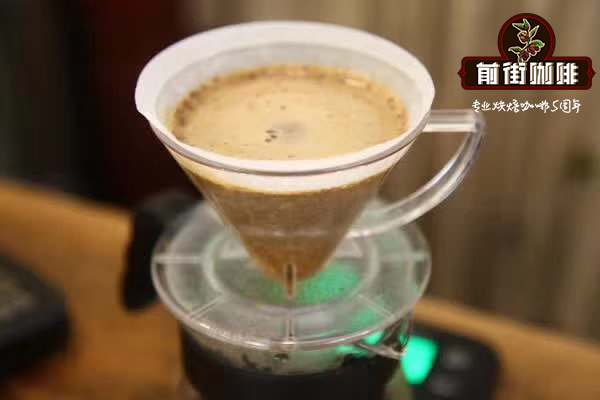
Professional coffee knowledge exchange more coffee bean information please follow the coffee workshop (Wechat official account cafe_style)
You can't imagine what was the most widely grown crop in Colombia. The front street tells you, it's drugs, yes, drugs! But once upon a time, Colombia is now the world's famous coffee producer, the third largest coffee producer in the world, and only grows Arabica, so the quality of Colombian coffee is very good.
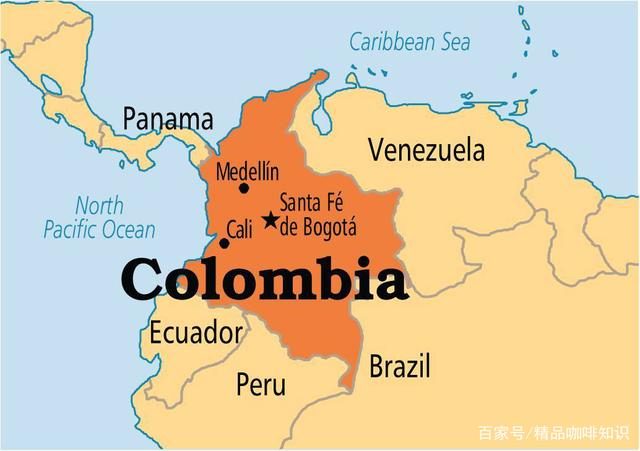
Coffee beans are produced in many parts of the country, but the central "coffee belt" is the most famous, and it is the second most popular tourist spot in the country after Cartagena. In addition to coffee beans, there is also more than a century of local coffee farm culture, which has been listed as a United Nations World Heritage site.
The so-called "coffee belt" is located about seven hours west of the capital Bogota and seven hours south of Medellin. It includes three provinces, Caldas, Risaralda and Quindio, with their capitals Manizales, Pereira and Armenida. The locals used to call this place the "Eje Cafetero".
There are about 24000 coffee farms in this area, mainly small farms, but there are also large plantations, many of which are for tourists and even provide hotel accommodation services at the same time. There are coffee trees everywhere, and even by car, the scenery of Manshan coffee trees can be seen everywhere on the road.
The province of Cauca is a certified coffee producing area in Colombia, with an average elevation of 1758m and a maximum elevation of 2100m. There is the Popayan Plateau (Popayan plateur) between the mountains in the east and west of Cauca, and there is the patia basin in the south. The Patia River flows from north to south into Narino province. The main producing area of Cauca is located on the north side of Patia. The biggest difference in climate between Cauca and other producing areas is the large temperature difference, with an average temperature of 11 ℃ at night and 18 ℃ per day. The temperature difference between day and night is an important factor that constitutes high-quality coffee. The relatively high altitude of low temperature at night slows down the growth rhythm of coffee, so that coffee seeds and beans can more absorb the nutrients of coffee fruits, and also create better acidity and special sweetness of cauca coffee. The changeable mountain terrain and climate, slow coffee production but also created this rich flavor, balanced flavor of Colombian coffee.
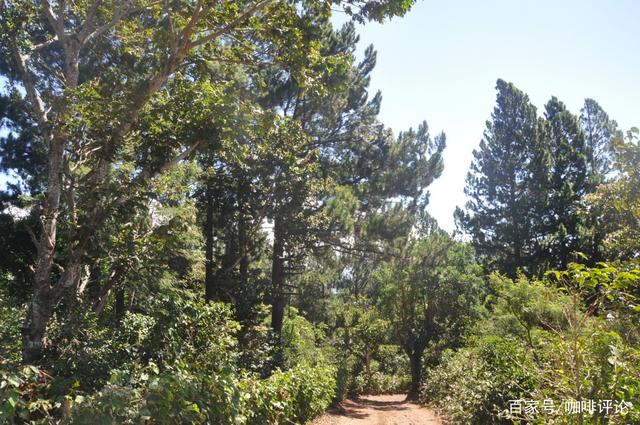
Sotara is a small town in the middle of Cauca, while the Sotara volcano belongs to the Andes, providing nutritious soil for coffee beans to grow. Coffee cultivation in this area covers an area of about 911 hectares and consists of mountainous areas and three well-known rivers: Caueta, Cauca and Magdalena.
The producing area is surrounded by high mountains, which block the airflow and water vapor from the Pacific Ocean and trade winds from the south, thus maintaining a stable climate. Near the equator, there is plenty of sunshine. The stable climate and sufficient sunshine provide a guarantee for the stability of coffee quality.
Coca coffee is manually picked and washed. In addition, in order to pursue good disease resistance and higher yield, many coffee producing areas have updated the old coffee varieties into new varieties, Kaddura Caturra is the most rare in Kogu producing area, in addition, there are iron truck typica and bourbon Bourbon ancient species.
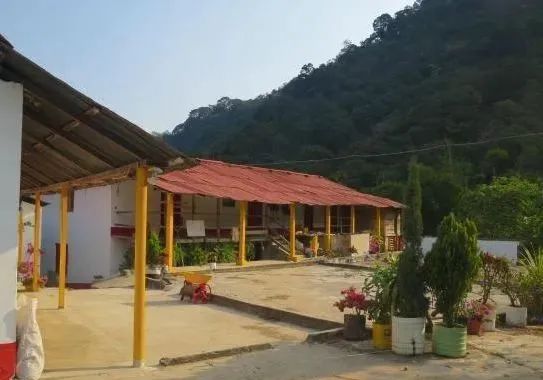
"introduction to Suri's micro-production areas"
Local coffee farmers grow coffee along the highlands of these mountains, with diverse climatic production conditions, and because of changes in altitude, a large part of Colombia's coffee industry is produced by small farmers. Surrounded by high mountains, the majestic mountains block the air and water vapor from the Pacific Ocean and trade winds from the south, thus maintaining a stable climate in the producing areas. Near the equator, there is plenty of sunshine. The stable climate and sufficient sunshine provide a guarantee for the stability of coffee quality.
Altitude: 1758 m-2100 m
Harvest: first harvest: October-December
Second harvest period: June to August
Variety: Kaddura
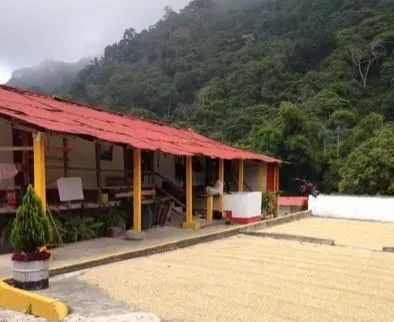
Introduction to the Manor
Diego Bermubez is a young coffee producer from Bolivar, Cauca, Cauca. In 2006, after studying agribusiness management, it began to produce coffee. From the very beginning, he decided to become a boutique coffee manufacturer, applying all the knowledge he had gained in college to coffee production. Since then, he began to participate in some coffee quality-related competitions and achieved good results.
Palaiso Manor has a mild climate and frequent winds from the Pacific Ocean, which help to give their coffee tropical fruit aromas.
These fresh coffee fruits ripen slowly and accumulate high sugar content, which greatly improves the quality of coffee cups. At Finca El Paraiso, coffee is processed mechanically and sustainably in order to maintain consistency in the quality of the coffee produced.
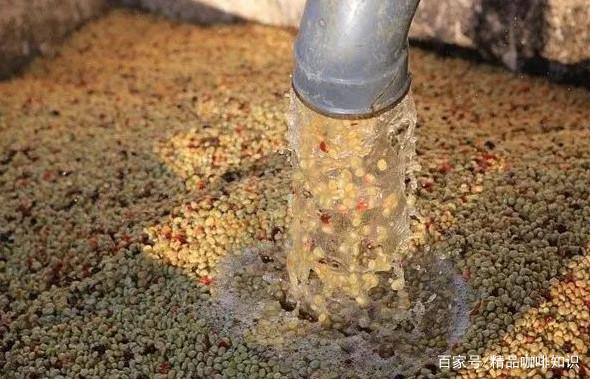
"treatment: after full washing, the scaffolding is sun-dried."
1. Remove the floating beans and pour the coffee beans into a large tank, the immature inferior beans will float to the surface, and the ripe and full fruits will sink to the bottom of the water.
two。 Remove the peel and pulp through the pulp screening machine to remove the exocarp and pulp of the coffee fruit. It leaves pectin, endocarp and silver peel.
3. The purpose of this step of fermentation is to use biological treatment to remove pectin. Put the coffee fruit treated by the pulp screening machine into the fermentation tank for 16 hours and 36 hours, the fermentation bacteria will dissolve the pectin.
4. Washing after the completion of fermentation, removal of pectin, as fermentation bacteria and impurities will remain on the coffee beans, so the coffee beans will be cleaned again. In order to clean up, this step consumes a lot of water.
5. Dry and remove endocarp and silver peel to dry the coffee fruit so that the moisture content is reduced to 1014%. Then use the sheller to remove the remaining endocarp and silver peel, that is, to complete the processing.
Kaddura, the main variety in Colombia, is a single gene variety of bourbon, which has better production capacity and disease resistance than bourbon, and the tree is shorter and easy to harvest, but like bourbon, it has the periodic problem of production capacity fluctuation every two years. The flavor is comparable to or slightly worse than bourbon beans, more importantly, super adaptability, no shade trees, direct exposure to the sun can also be vibrant, can adapt to high-density planting.
Following the fine tradition of Colombia, in order to pursue good disease resistance and higher yield, many coffee producing areas have updated the old coffee varieties into new ones one after another. Kaddura species are rare in Cauca producing areas, in addition, there are iron pickup and Bourbon ancient species.
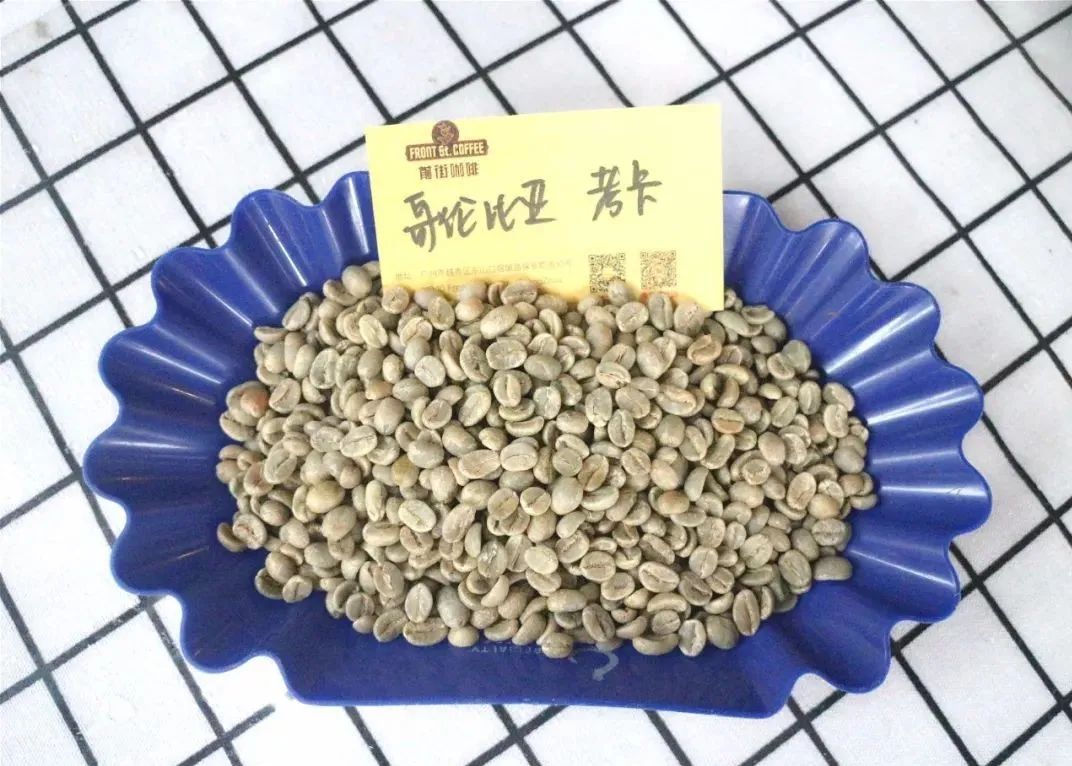
Colombia Best of Cauca
Colombia Coca Zhuoyu Cup
Producing area: Cauca Province
Micro-area: Suri micro-production area
Soil: volcanic clay
Altitude: 1758 m-2100 m
Variety: Kaddura
Treatment: washing treatment
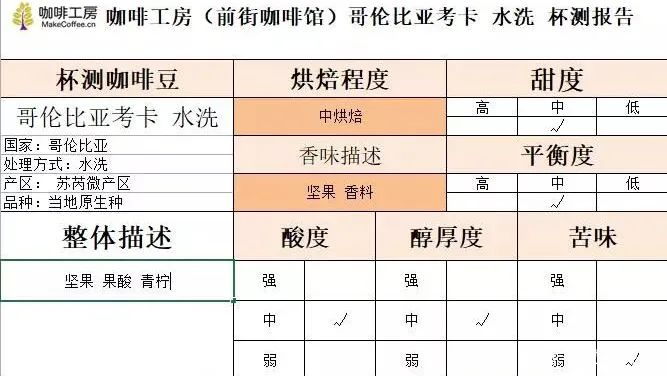
"Cup test analysis"
This Colombian Cauca water-washed lime acid is obvious, with sour grape juice, rich floral aroma, high acidity, pleasant sweetness, medium mellowness, and a nutty finish, with a pure, mild, smooth texture and a balanced, lively and varied layered taste.
Recommended cooking method: hand flushing
Degree of grinding: (Japanese small Fuji R440) 3.5 (medium and fine grinding)
V60 filter cup, 15g powder, water temperature 91-92 degrees, grinding 3.5.The ratio of water to powder is close to 1:15.
35 grams of water is steamed for 30s
Section: water injection to 125g cut off, slow water injection to 225g
That is, 30-125-225g
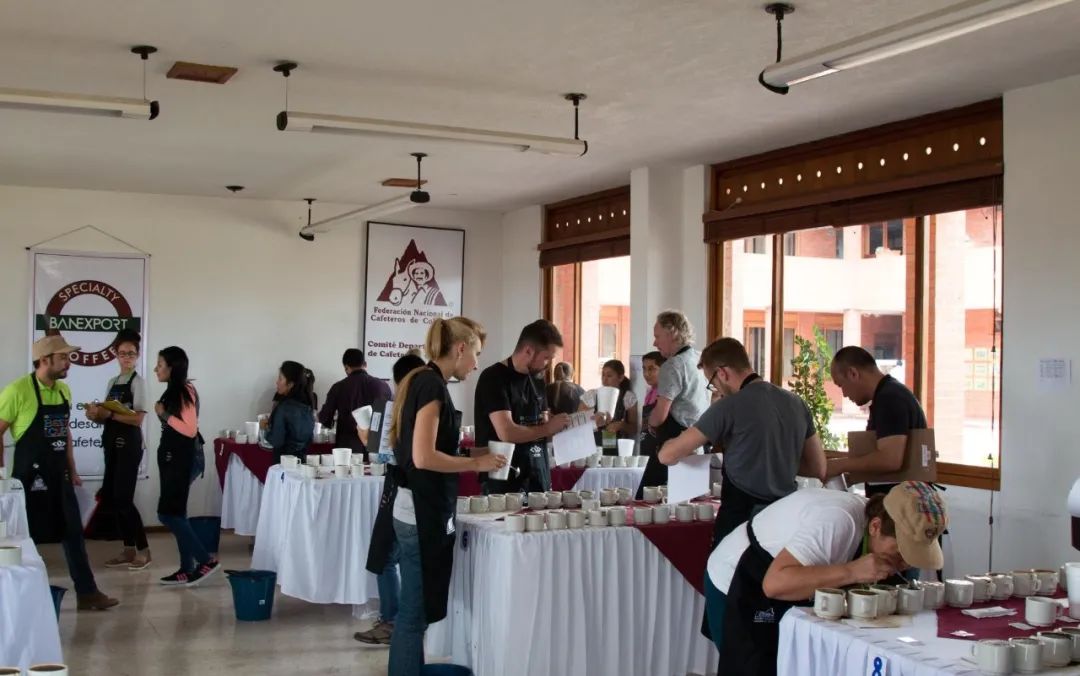
"Coca Zhuoyu Cup"
Bidding events such as the Coca Joyo Cup (Cauca Best Cup) have been held since 2014, jointly organized by well-known American traders, local exporters and the Coffee Association of Colombia. The first Coca Zhuoyue Cup received about 200 samples in 2014, compared with more than twice the number in 2015. About 500 small farmers will compete for the competition, and the organizers will select the top 30 from more than 500 samples. The top 12 will be selected by the international jury cup, and raw bean sellers and bakers from all over the world will bid on the last day of the event.
Competitions like the Cauca Cup are actually helpful. It not only increases the income of small farmers, but also has the opportunity to improve their living conditions, but also makes them more willing to invest and improve their coffee production to produce higher quality coffee.
Important Notice :
前街咖啡 FrontStreet Coffee has moved to new addredd:
FrontStreet Coffee Address: 315,Donghua East Road,GuangZhou
Tel:020 38364473
- Prev
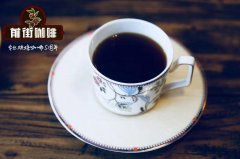
Costa Rican coffee Yelsa Manor Yelsa processing plant introduction.
Professional coffee knowledge exchange more coffee bean information please follow the coffee workshop (Wechat official account cafe_style) Costa Rica is a model producer of boutique coffee and micro-batch coffee. More than a decade ago, many coffee farmers began to set up their own micro-processing plants; by constantly improving the quality of their coffee beans year by year, they kept their differences from ordinary commercial Dazong beans.
- Next
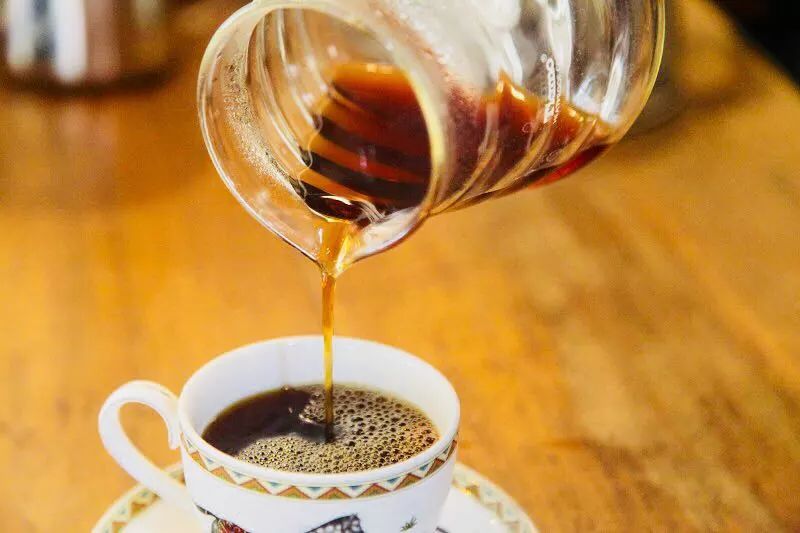
How to make a cup of Nicaraguan coffee by hand-from raw bean planting to roasting and brewing analysis
Professional coffee knowledge exchange more coffee bean information please follow Coffee Workshop (Wechat official account cafe_style) Nicaragua MARACATURRA SHB EP Nicaragua Fairview Manor 01 | production area introduction Nicaragua is mainly divided into four major producing areas, namely, Bosnia and Herzegovina (Segovias) and Madaguelba / Sinodeka (Matagalpa/Jinotega).
Related
- Detailed explanation of Jadeite planting Land in Panamanian Jadeite Manor introduction to the grading system of Jadeite competitive bidding, Red bid, Green bid and Rose Summer
- Story of Coffee planting in Brenka region of Costa Rica Stonehenge Manor anaerobic heavy honey treatment of flavor mouth
- What's on the barrel of Blue Mountain Coffee beans?
- Can American coffee also pull flowers? How to use hot American style to pull out a good-looking pattern?
- Can you make a cold extract with coffee beans? What is the right proportion for cold-extracted coffee formula?
- Indonesian PWN Gold Mandrine Coffee Origin Features Flavor How to Chong? Mandolin coffee is American.
- A brief introduction to the flavor characteristics of Brazilian yellow bourbon coffee beans
- What is the effect of different water quality on the flavor of cold-extracted coffee? What kind of water is best for brewing coffee?
- Why do you think of Rose Summer whenever you mention Panamanian coffee?
- Introduction to the characteristics of authentic blue mountain coffee bean producing areas? What is the CIB Coffee Authority in Jamaica?

